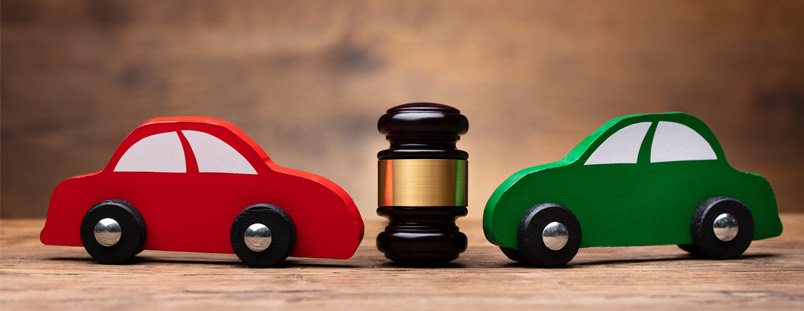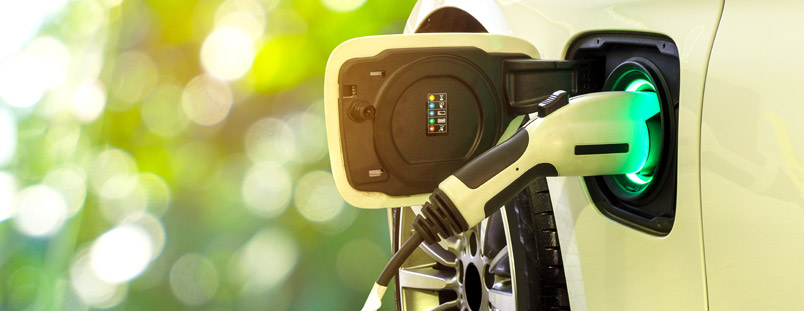Green Transportation
Green Transportation—Journey to a Better Life
Green transportation is critical to fighting air and water pollution for a more sustainable future. Our cars and other vehicles are responsible for some 29 percent of all US greenhouse gas emissions (GHG), more than from any other source or sector. The fossil fuels that power cars, for instance gasoline and diesel, emit carbon dioxide (CO2) as they burn. A single passenger vehicle will belch out 4.6 metric tons of CO2 per year, with every gallon of burning gas releasing 8,887 grams of the stuff into the atmosphere. The accumulation of CO2 and other greenhouse gases, such as methane, nitrous oxide, and hydrofluorocarbons have led to global warming and subsequent climate change.
Cars, as a means of transport, began to replace horses and bicycles in the early 20th Century. The transition to motor vehicles was mostly complete by 1917. This was not necessarily a bad thing, as horses create lots of pollution. During the heyday of horse travel, in fact, thousands of horses could be seen on the streets of New York on any given day, leaving a heavy layer of malodorous dung behind them. The excreta from horses stuck to shoes when fresh, and when dry, traveled through the wind as airborne dust, attracting disease-carrying rats and flies. Manure from horses even seeped into our water supply, posing a direct threat to human health.
In short, a gas-guzzling car is likely to be kinder to the environment than a whole slew of horses on the highway. That said, cars are a major source of pollution. Green transportation holds great promise as a means for improving our water, air, soil, and climate.

Green Transportation Legislation
The Clean Air Act of 1970 gave the Environmental Protection Agency (EPA), new at that time, the legal authority to regulate pollution from cars and other types of transportation. Stricter standards were put into place to reduce vehicular pollution. As a result, the passenger vehicles of today are 98-99 percent cleaner to run compared to those of the 1960s. The fuels that power our cars are cleaner, with sulfur levels reduced by 90 percent, and with lead eliminated altogether. Thanks to implementing these standards, American cities today have less smog and better air quality. New standards have also led to a revolution in the transportation industry, acting as a catalyst for technological innovation.
In November 2021, the Biden administration released a plan to lower the cost of electric vehicles and build 500,000 electric vehicle (EV) charging stations nationwide. The hope is to transform the American auto industry into one that produces electric rather than gas-powered cars. Biden’s administration allocated a total of $5b in funds for individual states to build EV charging stations. A further $2.5b in grant money was allocated to rural and low-income communities as further incentive to build charging stations in their communities.

Green Transportation and Human Health
The air pollution from transportation increases the risk for death, in particular from cardiopulmonary disease. Transportation-related air pollution also increases the incidence of respiratory symptoms and ailments. Being exposed to such pollution may also increase the risk for developing or worsening existing allergies. The incidence of cancer, in particular lung cancer is higher in those exposed to greater levels of transport-pollution, for instance for railway workers, and bus and taxi drivers. Male fertility, pregnancy and birth outcomes, and infant mortality can all be adversely affected by transport-related air pollution, with fetuses especially vulnerable to the airborne pollutants from cars and other modes of transportation.
People of color have particular health risks associated with the transportation industry. Black and Hispanic people are more likely to live close to petrochemical plants and oil refineries. Exposure to higher levels of toxic emissions such as from benzene, mercury, and sulfuric acid, has led to a higher incidence for heart disease, asthma, and cancer in the black community.
Electric vehicles may contribute to improving health outcomes, but even EVs release greenhouse gas emissions, if far fewer. Then too, information regarding emissions from the manufacture of electric cars is not always available or transparent. Tesla, for example, does not disclose the details of its overall greenhouse-gas emissions. Ford and General Motors, on the other hand, have been upfront about emissions from the manufacturing process for these cars and what they plan to do to reduce them.

Green Transportation and Plant and Animal Life
Pollutants from motor vehicles can damage plants. Particles released through vehicle emissions can clog plant leaves, affecting photosynthesis and stunting growth. Many plants, in fact, are killed by exhaust from tailpipes. One can measure the distance between the edges of the highway and where healthy plant life begins. Pollution from nearby vehicular traffic is not conducive to plant life or growth.
Car exhaust can also have negative effects on animals. Benzene can cause cancer in animals and kill plants that support aquatic life. Soot particles produced by car exhaust may damage lung tissue, impair breathing, and cause cancer in animals.
On the flipside of this equation, while horse manure was once a major source of air and water pollution, there may be a symbiotic relationship between cow poop and green transportation. The Toyota Mirai, a concept vehicle, is built to run on hydrogen fuel cells, produced from cow dung. The hydrogen from the manure of a single cow can power a Mirai—Japanese for “future”—for one full year.

Green Transportation and Outdoor Recreation
Exercising in the great outdoors is good for our physical and mental health. The quality of the air in which we exercise, however, may be a factor to consider. Outdoor air pollution is a major worldwide risk factor for cardiovascular disease. In 2015, for example, exposure to fine particulate matter in the air led to 4.2 million deaths or 7.6 percent of all global deaths. Most of those deaths were due to cardiovascular disease. Physical activity is believed to increase the intake of inhaled pollutants, which in turn, increase the risk for disease and illness. When we exercise, we inhale more air, and breathe it more deeply. Exercise also increases mouth breathing, so that the air we take in bypasses the nasal passages responsible for filtering much of the airborne pollutant particles we breathe.

Green Transportation and the Economy
Electric cars do have the capacity to afford us cleaner air. It is an unfortunate fact, however, that electric vehicles cost more than their gas-powered counterparts. Experts believe that the high price of EVs is offset by the savings they generate over time. The cost of electric cars, nonetheless, places them out of bounds for many, in particular for low income people of color, those most affected by transport-associated pollutants.
Most states currently offer incentives for purchasing gas-electric hybrid, or all-electric vehicles. These incentives for the most part apply however, to the purchase of new cars. Since it is mainly the wealthy who buy new cars, these incentives are a moot point for most of us, even if we’d love to go electric. In Washington State, for example, fewer than 5 percent of all car purchases, were for new vehicles.
Pollution generated from the fossil fuels that drive our cars, exist in heavy concentrations in neighborhoods located near the facilities that extract and refine these fuels. As a result, people don’t want to buy homes near oil refineries and petrochemical plants out of fear of contamination. Once a residential area is deemed less than desirable, the wealthy move away, and property prices fall.
This le
ss expensive housing is a draw for low income families, often people of color, who find these homes more affordable. At the same time, this is the sector that is most vulnerable to disease from fossil fuel pollutants. If these homeowners try to move to cleaner locations, reduced property values make this a difficult proposition. Selling a home near an oil refinery or petrochemical plant won’t yield enough profit to buy a home where the air is cleaner and safer.
what you can do
Green Transportation can make a big difference to the air we breathe. There may be a long way to go until our gas-run vehicles are a thing of the past, but there are things that all of us can do to cut down on transport-related pollutants. Here are three ways you can help to make transportation that much greener:
- Start a Walking School Bus—many of our children are accustomed to getting a ride to school by car or by bus. A better way is to travel is to use the walking school bus! A walking school bus is a group of children who walk to school, accompanied by one or more adults. Walking is not only great exercise, but the greenest transportation of all!
- Use Public Transportation—taking the bus is one of the best of all green transport solutions. A single bus, filled with passengers, is equivalent to taking 40 cars off the road. A double decker bus meanwhile, equates to eliminating 75 single-occupant vehicles from our streets and highways.
- Take Advantage of Bike Sharing—riding a bike tones your calves and burns calories, not fuel. Today, many cities have available bike-sharing You pay, the bike unlocks from the docking station, and off you go with no greenhouse emissions whatsoever.

